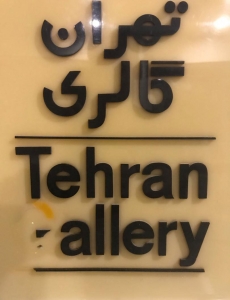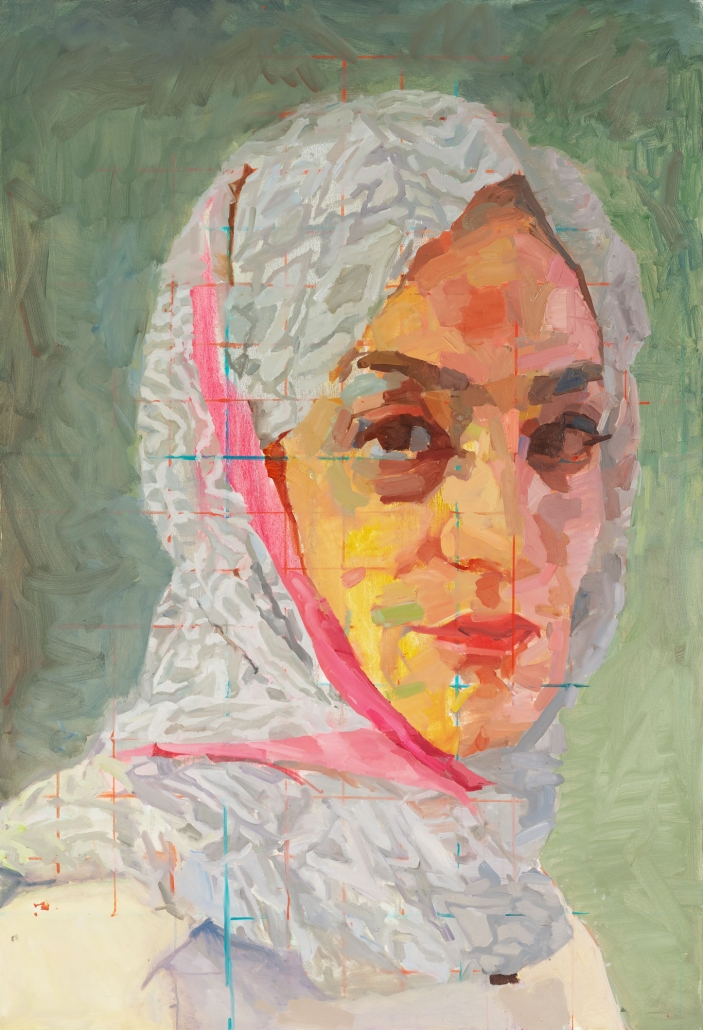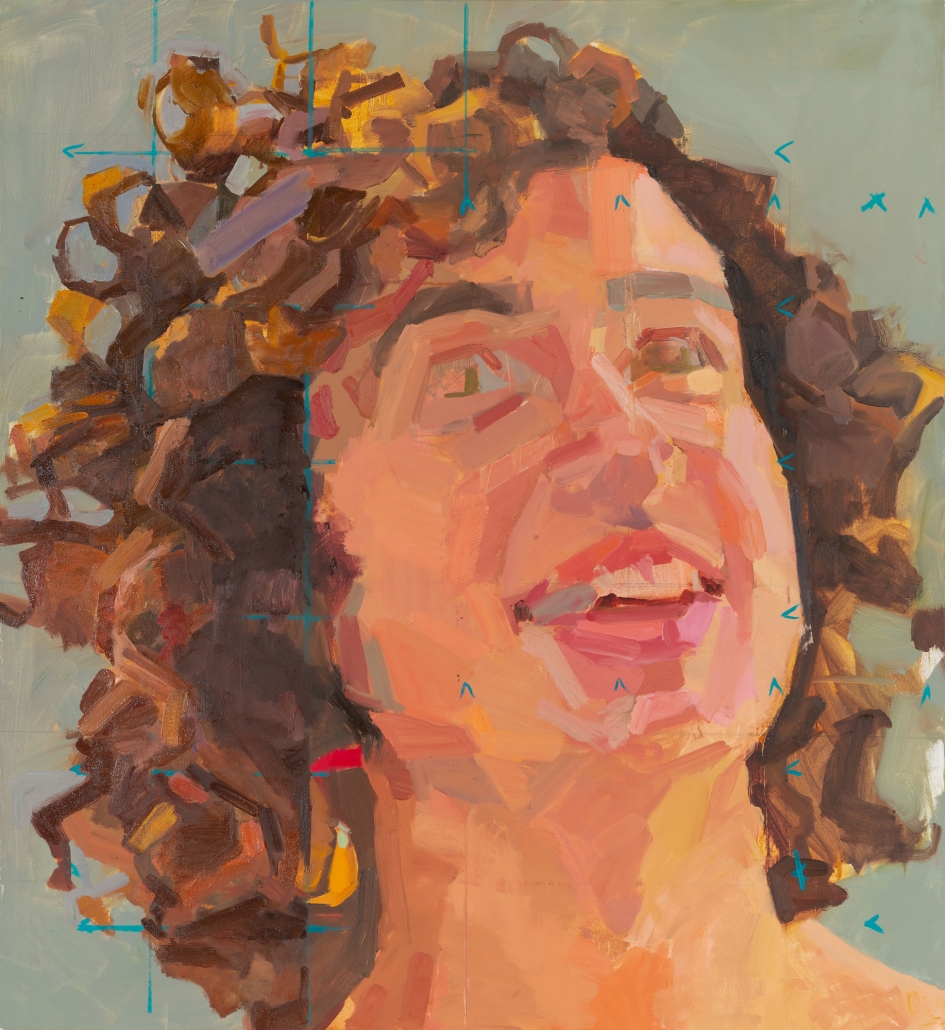Zanân
 In 1912, Mirza Ali Gholi Khan, an Iranian diplomat traveled to a dry goods congress in Alberta, Canada where he met a Mormon scientist and dean of the Utah State Agricultural College named Dr. John Widtsoe. A remarkable friendship ensued – arguably one that changed the future of the world. Widtsoe invited Ali to deliver the baccalaureate address at his college in 1915. Mountainous, arid, pious, and polygamous, Cache County, Utah and Iran were similar in “geography and the spirituality of its people,” said Khan. When President elect Harry Truman wanted to include international development initiatives in his inaugural address the State Department recommended Dr. Franklin Harris. Harris, a protégé of Widtsoe’s and his successor at the college, had begun traveling to Iran in the 1930s where Reza Shah commissioned him to develop a national agricultural survey.
In 1912, Mirza Ali Gholi Khan, an Iranian diplomat traveled to a dry goods congress in Alberta, Canada where he met a Mormon scientist and dean of the Utah State Agricultural College named Dr. John Widtsoe. A remarkable friendship ensued – arguably one that changed the future of the world. Widtsoe invited Ali to deliver the baccalaureate address at his college in 1915. Mountainous, arid, pious, and polygamous, Cache County, Utah and Iran were similar in “geography and the spirituality of its people,” said Khan. When President elect Harry Truman wanted to include international development initiatives in his inaugural address the State Department recommended Dr. Franklin Harris. Harris, a protégé of Widtsoe’s and his successor at the college, had begun traveling to Iran in the 1930s where Reza Shah commissioned him to develop a national agricultural survey.
Truman took a personal interest in Harris’ ideas and his experiences in Iran. On the steps of Capital Hill he announced a “bold new program for making the benefits of our scientific advances and industrial progress available for the improvement and growth of underdeveloped areas.”
By 1946, Harris, was welcoming the first of 16 Iranian students to Logan, Utah. Meanwhile, he arranged for each of Utah’s three public universities to organize technical teams across water sanitation, agricultural development, and medical training to be dispatched to Iran. In 1950, he resigned as University President and moved to Tehran in order to establish and lead the first US Point IV Program. (Point IV, is now the United States Agency for International Development UNAID).
Zanan (Portrait of Shahla Sherkat, Founder & editor of Zanan Magazine), Oil on canvas, 180×120 cm, 2019
Nahid Khazeni Partovi, – the artist’s grandmother – studied art at the Utah State Agriculture College. To her, art was fundamental to development – “there is an Art to everything,” was her lifelong motto. In an atmosphere and era where few women had been seen in an office, she emerged with joint-funding from Harris’s Point IV Commission and the Ministry of Culture to create a new college dedicated to visual arts.
By 1954, she and counter-part Janet Bodal began building the Daneshkadeh Honarhaye Tazini. Here, thousands of years of visual culture collided with Western traditions. This is where painters and sculptures became part of a movement called Saqqa Khaneh. Zanan is a new series exploring the powerful impact women of Iran have on Iranian contemporary society.
- Exhibition: Galleria Tibaldi Arte Contemporanea, Rome, Italy (2020)
- Concept : Amir. H Akhavan
- Production: Amir. H Akhavan
- Research: Alireza Akhavan
- Curator: Milos Zahradka Maiorana
Portrait of Niloufar Bayani (work in progress), oil on canvas,120x110cm, 2019






